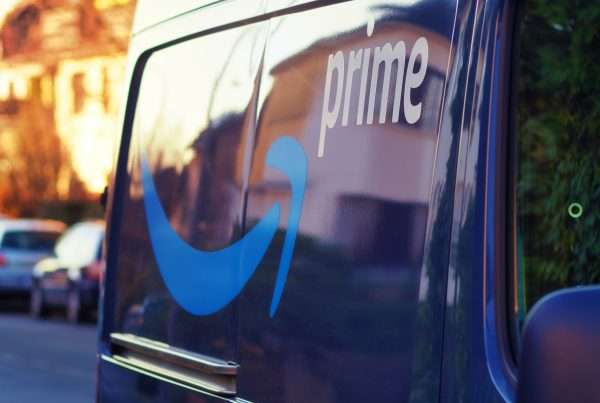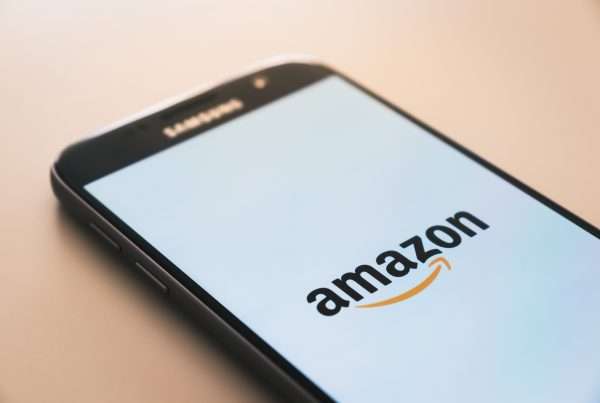Believe it or not, Amazon consistently plans for Prime Day events for its Amazon Prime members on a semi-annual basis, and sellers need to be prepared.
The online shopping behemoth is looking to reap the benefits of its annual eCommerce holiday, now more than just a one time per year sales event.
That’s great news for both potential customers (because who doesn’t love Prime Day deals?) as well as providing a great opportunity for sellers as it means they get another day or two of massive increases in high-intent shoppers being driven to the online marketplace.
Here’s the catch, now on a fairly regular basis, Amazon likely plans these shopping event holidays around the first or second weeks of November, just a few weeks before Black Friday and Cyber Monday.
Why Have Amazon Prime Day Deals for Sellers?
So, why would Amazon be trying to compete with one of their staple holidays?
Given the timing of the second Prime Day of the year, we imagine Amazon expects to drain the online shopping market of their holiday spending advertising budget before Black Friday and Cyber Monday, essentially creating a better incentive for shoppers to pick Amazon over any big box retailer this holiday season.
Regardless of Amazon’s reasoning, you don’t want to be caught unprepared any at point during the year. Case in point: the latest Prime Day Amazon has ever done was in November 2022, a few weeks prior to Black Friday/Cyber Monday.
The other instance Prime Day was this late was 2020’s October event, however we wouldn’t want to base expectations on the Prime Day during the Pandemic when everyone was locked inside with record online spending.
As is the case with larger organizations like the Targets and Walmarts of the world, we can glean information on how exclusive discounts are trending, as well as what products consumers are focusing their spending on; however, the market can be very touchy when it comes to changes in annual spending options.
While this certainly doesn’t mean Black Friday and Cyber Monday are no longer worth planning around, Amazon sellers need to consider the fact that a portion of the usual Black Friday and Cyber Monday crowd will be spending earlier than usual. By doing so, Black Friday/Cyber Monday shoppers can elongate the (what was once) two-day event into a few weeks of a shopping extravaganza.
Thinking of getting a more holistic view of how to tackle Prime Day sales as an Amazon seller? Here are a few tips for Amazon sellers and some things you should do to prepare for the selling bonanza that you are likely to encounter.

Amazon Seller Tips
The first thing any seller needs to do is plan. How does this addition to your calendar affect your inventory projections? You certainly don’t want to sock out after Prime Day and leave yourself unable to sell for Black Friday and Cyber Monday. Similarly, you will want to set aside some extra advertising budget to fund your sponsored product ads for both holidays.
We believe it makes the most sense to treat any Prime Day equally as important as the other, with roughly equal daily advertising budgets, revenue projections, and targeting strategy (generally speaking, outside of any specific category or seasonality).
This does sound like a pretty large investment, and you need to look at your profitability and operations before making any substantial adjustments; however, we believe any event in October or November that Amazon has will have an impact outside of the months as well.
After the announcements of Prime Day, which usually occur a month or so prior to the actual event itself, we expect similar reactions from the market, as we’ve seen for Prime Days over the course of a few years: an immediate and large influx of non-converting traffic.
Visitors flock to the site to plan out their deals for days, if not weeks, before they do their Amazon Prime Day shopping. Sellers should adjust their expectations and strategies for that time. This, in accordance with ensuring you’re set up for Prime Day, means that all of your messaging is on brand and properly aligned, including any updated product descriptions, product titles, and product images.
Since a larger portion of the traffic is looking for information (not intending to buy anything), we would expect a dip in sales a few weeks prior leading up to the deal event. Sellers should also expect that, if planned for, the losses in whatever previous month to the Prime Day will be outweighed by the massive gains during Prime Day.
How Amazon Sellers Should Plan Their Product Listings Ahead of Prime Day
The high-traffic period should be met with solid top of funnel advertising. Attract your potential buyers while they are doing research by hitting them with an ad right where they are. That doesn’t necessarily mean “go ahead and advertise on Amazon during this period.” If you want a lot of cheap but quality exposure, you should be targeting specific products being sold on Amazon.
Many big ticket tech products get a high volume of traffic during these events. Consider placing some ads on Alexa-focused PDPs or Apple adjacent products. Not only will this expose you to a large number of viewers, but will also introduce you to those who clearly are willing to spend.
More importantly, focus on targeting categories with Sponsored Display ad campaigns that are tangential to the category in which your product resides (in addition to your actual category). Visibility will be the name of the game, which will hopefully culminate into being the strongest month in Amazon’s history.
It’s also going to be vitally important to make optimizations to your Amazon Storefront. If you are focusing on driving quality traffic, a portion of that traffic should be visiting your store to check out the breadth of your products.
While they are there, you must stand out against your competition. Many brands have not yet fully capitalized on the storefront’s capabilities. While you are constrained by a rigid template, there are many creative features you are able to incorporate to give your storefront a fully branded experience, and that’s where A+ content is vital in grabbing the attention of prospective customers, highlighting the great product offering that the storefront has.
At the end of the day, Amazon sellers can’t really complain about having more than one Prime Day per year. It’s a great opportunity to move inventory — especially if there are some products that are low and need to be moved before they are out-of-stock — and stack revenue is what Amazon is all about. You just can’t be caught flat footed when Prime Day comes about, or else your top line will carry that burden.
Want more information about Prime Day?
Here’s another blog about Prime Day Checklists that you’ll want to read. Whether it’s optimizing and expanding your reach with Amazon Advertising or you’re in need to help with Paid Search and Social or SEO or other digital marketing offerings, Logical can partner with you.
Reach out to us or use the form below for a chat.








